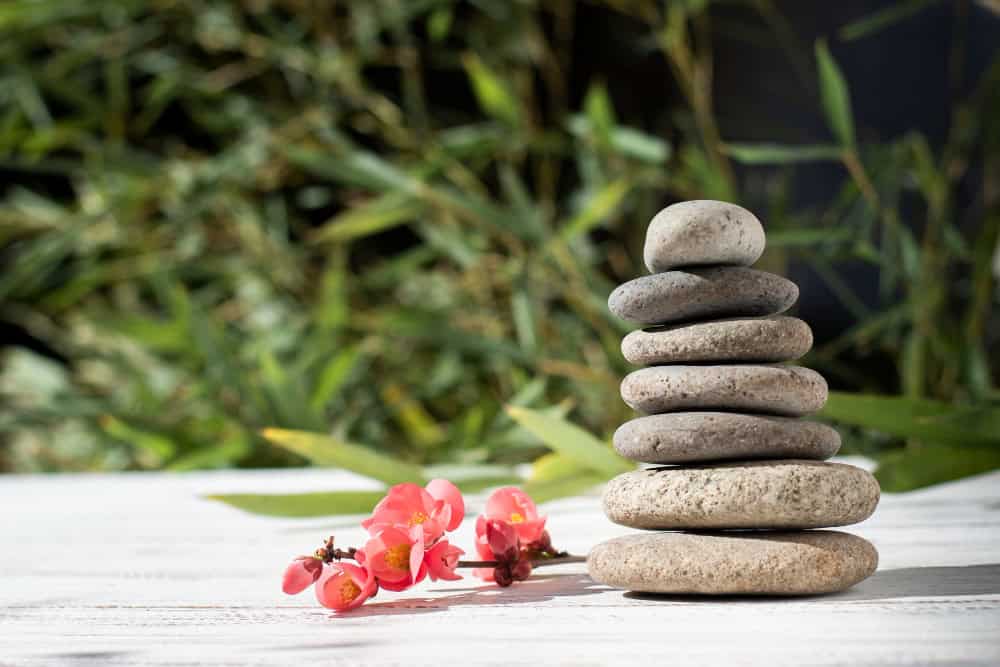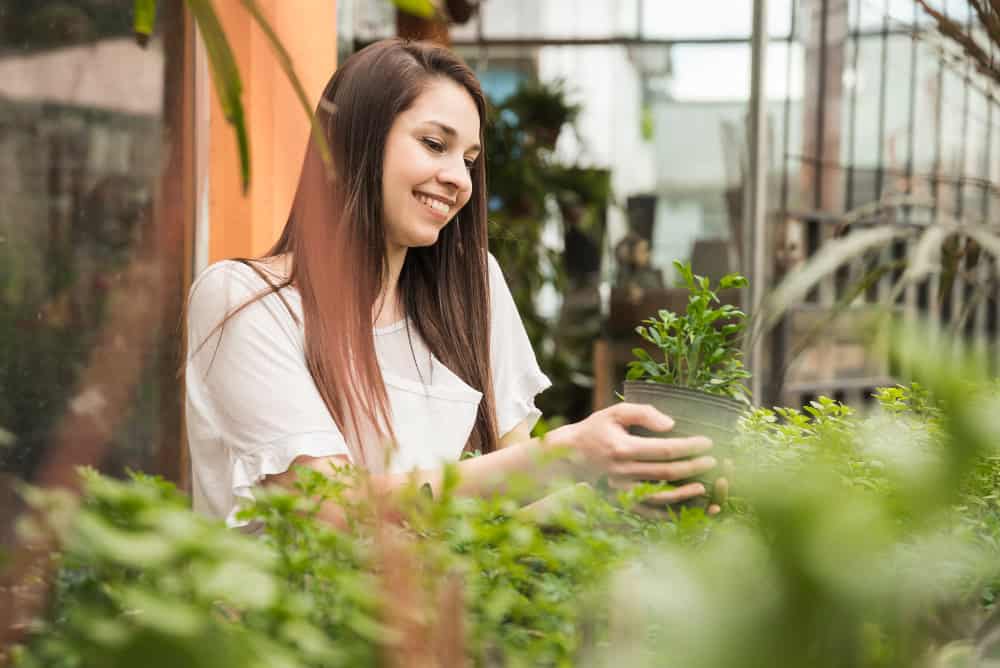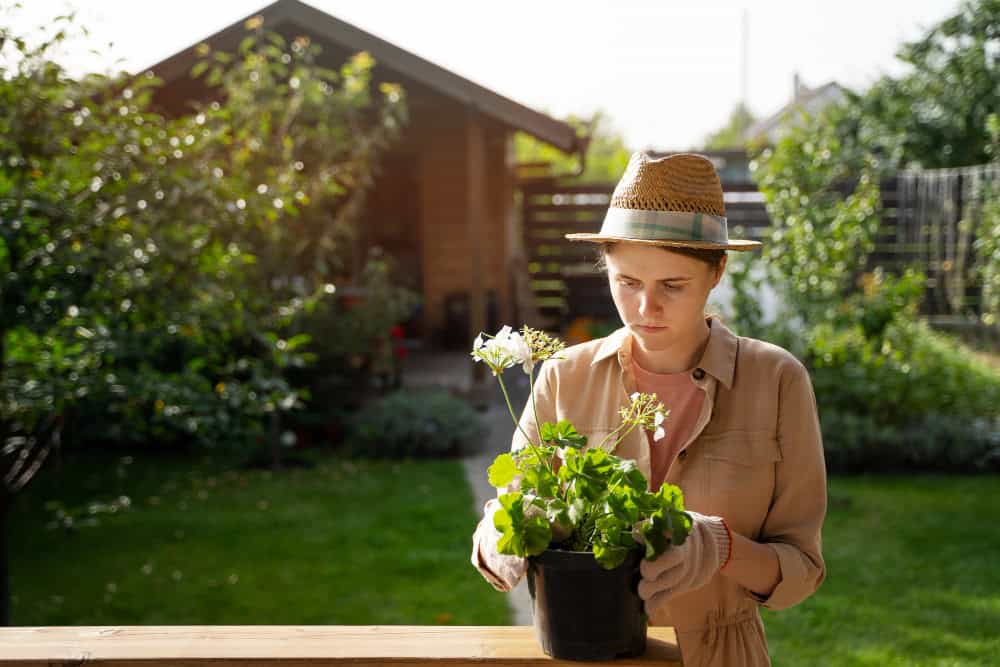Table of Contents
Spring 2025 is the perfect time to transform your garden into a harmonious, environmentally friendly retreat. By integrating feng shui principles with sustainable design, you can create a living space that enhances positive energy, promotes balance, and supports ecological well-being. This guide provides simple tips to help you align your garden with nature and sustainability while embracing the ancient Chinese philosophy of feng shui.
Harmonizing Feng Shui and Sustainability in Your Garden
The philosophy of feng shui focuses on creating balance and harmony between your living environment and the natural world. When combined with sustainable practices, it results in a garden that is both aesthetically pleasing and environmentally responsible.
1. Use Sustainable Materials for a Greener Garden
- Incorporate eco-friendly materials such as reclaimed wood, recycled metal, and natural stone to build pathways, furniture, or decorative elements.
- Opt for permeable pavers to enhance water drainage and minimize environmental impact.
- Reuse materials like terracotta pots or wooden planters to reduce waste.
2. Balance the Five Feng Shui Elements
A key aspect of traditional feng shui is balancing the five elements—Wood, Fire, Earth, Metal, and Water. Each element contributes to the energy flow (qi) of your garden:
- Wood: Use trees, climbing plants, or bamboo to symbolize growth and vitality.
- Fire: Add red flowers or a fire pit to introduce warmth and transformation.
- Earth: Incorporate clay pots or stone sculptures for grounding energy.
- Metal: Include metallic accents like wind chimes or lanterns for clarity and precision.
- Water: Enhance tranquility with water features such as fountains or ponds.
By incorporating these elements thoughtfully, you can harmonize your garden’s energy flow while maintaining an environmentally friendly approach.
Simple Tips for Achieving Harmony with Nature
Creating a harmonious outdoor space involves aligning your garden’s layout with feng shui principles while prioritizing sustainability.
Declutter and Organize
A cluttered garden disrupts qi and creates stagnant energy. Regularly trim overgrown plants, clear pathways, and position furniture intentionally to enhance positive energy flow.
Plant Selection for Positive Energy
Choose plants that align with feng shui principles:
- Bamboo symbolizes strength.
- Lavender promotes relaxation and tranquility.
- Peonies invite prosperity and warmth.
Group plants in odd numbers (e.g., threes or fives) for natural rhythm and aesthetics. This arrangement reflects balance while supporting biodiversity.
Enhance the Flow of Water
Water features are essential in feng shui gardens as they symbolize wealth and abundance. Position fountains or ponds in the north sector of your garden to enhance career opportunities and prosperity. Ensure water flows gently to maintain harmony.
Energy Efficiency Meets Feng Shui
Modern gardening trends emphasize energy-efficient solutions that align with both sustainability goals and feng shui practices:
- Use solar-powered lighting to illuminate pathways while reducing energy consumption.
- Choose energy-efficient appliances like water pumps for fountains.
- Maximize natural light by arranging reflective surfaces strategically around your garden.
These eco-friendly choices not only reduce your carbon footprint but also harmonize your outdoor space with nature’s rhythms.
Feng Shui Can Help Create a Healthier Living Space
The interconnectedness of feng shui philosophy extends beyond aesthetics—it fosters well-being by promoting healthier living environments:
- Add air-purifying plants like ferns or peace lilies to cleanse the air naturally.
- Create shaded areas using trees or pergolas to encourage relaxation and tranquility.
- Design meditation zones with soft seating surrounded by calming greenery for mental clarity.
Sustainability as a Core Philosophy
Sustainability is not just a trend; it’s a way of life that integrates seamlessly with feng shui practices. By making thoughtful choices—such as using organic fabrics for outdoor cushions or low-VOC paint for garden furniture—you contribute to both ecological health and personal well-being.
Conclusion
Blending the ancient Chinese practice of feng shui with modern sustainable design principles allows you to create a tranquil yet environmentally friendly garden in 2025. By balancing natural elements, enhancing energy flow, and using eco-friendly materials, you can harmonize your outdoor living space while supporting sustainability. Whether you’re renovating or decorating your garden, these simple tips will help you achieve balance, prosperity, and positive energy in your built environment.






